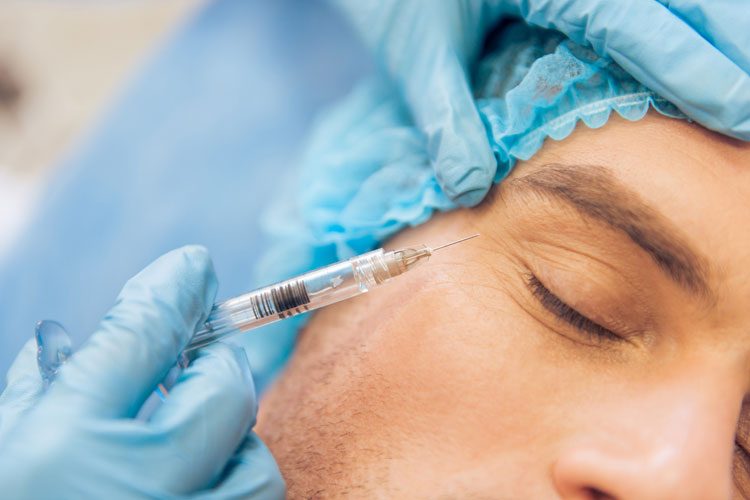Direct eye injections best treat uveitic macular edema: study
Posted: 28 September 2018 | Mike Stones | No comments yet
Direct eye injections treat uveitic macular edema more effectively than treatments placed adjacent to the eye, reveals new Mount Sinai research…


Direct eye injections treat uveitic macular edema more effectively than other treatments.
Corticosteroids injected directly into the eye treat uveitic macular edema more effectively than those placed adjacent to the eye, according to the results of a new study.
Researchers at the New York Eye and Ear Infirmary of Mount Sinai hope the study will help to improve vision in patients with the disease.
“The results of this study suggest that we should be shifting away from periocular injections and towards intravitreal injections of corticosteroids for uveitic macular edema, which should improve the management of patients with uveitis,” said Dr Douglas A. Jabs, Director of the Eye and Vision Research Institute at the Mount Sinai hospital.
Dr Jabs chaired an international team of researchers, which compared the effectiveness of three treatment corticosteroid approaches for patients with uveitic macular edema. Those were: regional therapy with periocular triamcinolone injections, intravitreal triamcinolone injections, and intravitreal dexamethasone implants, which slowly release mediation over a period of several months.
Slowly release medication
The study, known as PeriOcular versus INTravitreal corticosteroids for uveitic macular edema (POINT), was conducted at 23 facilities across the United States, plus centres the UK, Canada and , Australia. Patients were monitored for six months after the initial injection for uveitic macular edema to evaluate the injections’ efficacy and safety.
Patients randomly received either an injection of periocular (adjacent to the eye) triamcinolone or intravitreal (inside the eye) triamcinolone, or the intravitreal dexamethasone implant. Both intravitreal treatments were superior to the periocular treatment for reducing macular edema and improving visual acuity, revealed the results. The intravitreal injection and dexamethasone implant were shown to have similar efficacy and safety profiles.
“Although all three treatments were effective in reducing macular edema and improving visual acuity, our data shows superior efficacy for intravitreal triamcinolone and intravitreal dexamethasone which suggests that the initial regional therapy of uveitic macular edema should be through the intravitreal route,” explained Dr Jabs, who is also Professor of Ophthalmology and Medicine at the Icahn School of Medicine at Mount Sinai; and the study chair.
Improving visual acuity
Meanwhile, macular edema is the swelling of the macula – the area in the centre of the retina responsible for good central vision – caused by leakage from inflamed blood vessels. The condition can lead to poorer vision. It is also the leading cause of visual impairment in patients with uveitis, but can be reversed if it responds to treatment.
Uveitis is a collection of more than 30 diseases characterised by inflammation inside the eye, which damages the ocular tissues. It is the fifth leading cause of blindness in the US and affects all ages. The condition requires appropriate treatment to prevent vision loss.
Uveitic macular edema is not always remedied with oral corticosteroids even when they control the inflammation. So the macular edema often requires additional therapy in the form of regional corticosteroid injections, either by a periocular or intravitreal route.
The results of the study were published yesterday (September 28) in the online edition of the journal Ophthalmology.
Related organisations
Eye and Vision Research Institute at the Mount Sinai hospital., New York Eye and Ear Infirmary of Mount Sinai, Ophthalmology journal









